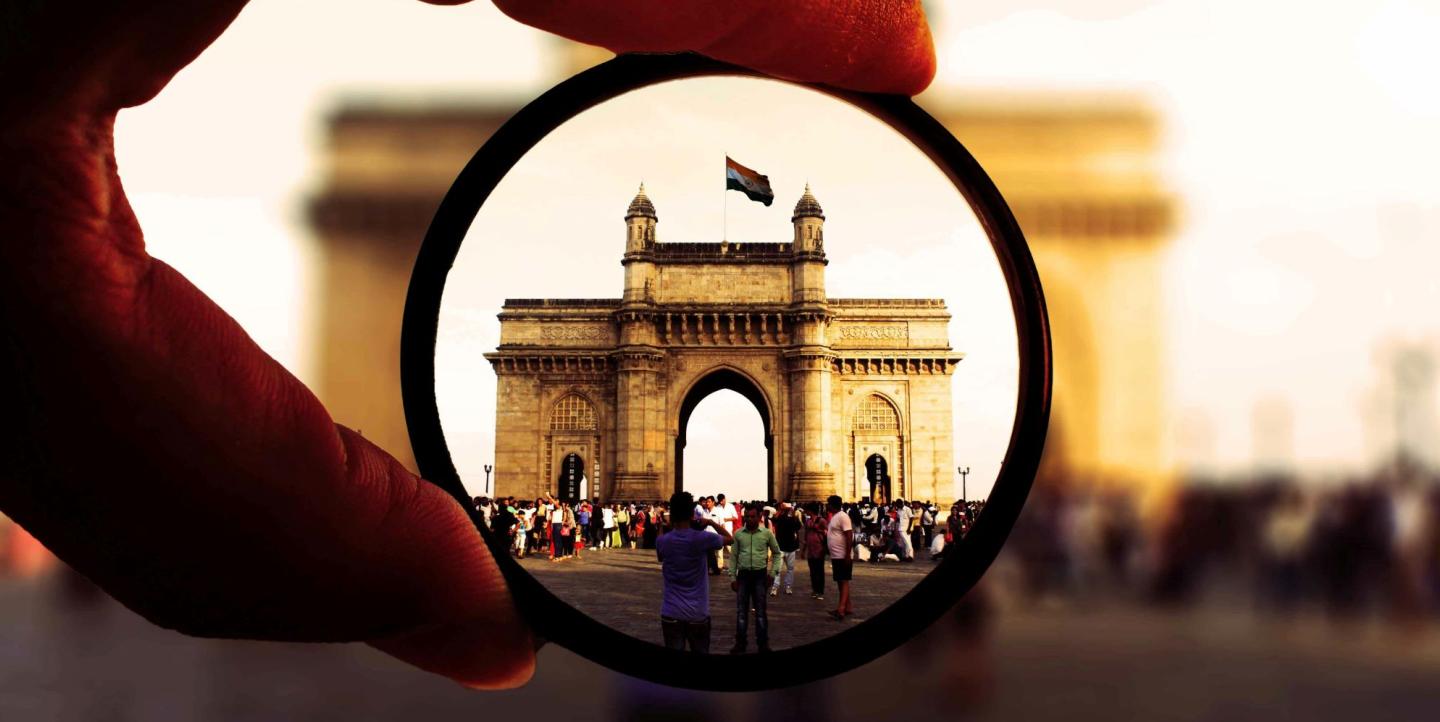Two thirds of India’s 1.3 billion people live in rural areas. Voices from these communities, and issues important to them, however, often aren’t represented in mainstream news coverage.
“The primary reasons [for this reporting gap] are the target readers/viewers and sponsors/advertisers of mainstream media are urban, with higher average purchasing power. Hence, content tends to exhibit an urban bias,” said Ujjwal Chowdhury, vice president of Global Media Education Council. “Additionally, obtaining rural content is more expensive for mainstream media both logistically and in terms of human resources, compared to urban content.”
101 Reporters, an Indian network of freelance journalists, is working to change this, by connecting grassroots journalists in rural areas with mainstream outlets to share their stories. In doing so, the platform helps bridge the knowledge gap between urban and rural India.
Here’s how 101 Reporters works to achieve this:
A network of 3,600 grassroots journalists
Gangadhar Patil launched 101 Reporters in India’s cyber hub of Bangalore in 2015, after he spent several years reporting for prominent publications in the country.
When 101 Reporters first got going, reporters would submit story ideas which the platform’s team then refined and pitched to media outlets such as Firstpost and CNN International. Should the pitches be approved, the team then helped the journalists craft their reporting. "Once [a pitch was] approved, we informed the reporter that their story had been accepted and requested them to meet the deadline for submission,” said Saurabh Sharma, 101 Reporters’ Uttar Pradesh editor. “Payment was made from our funds at the end of each month, regardless of whether the story was published or not."
Sharma and his team also tackled head on how international reporters would tend to reach out to local Indian journalists only to contract them as fixers, for little pay. "Previously, when someone from outside [of the country] would come [on a reporting assignment], they would only pay the reporter around US$80 and expect them to be available at all times,” said Sharma. “I addressed this issue by emphasizing that a reporter should focus on their journalistic duties and not be treated as a travel guide or equipment carrier."
In the years since, 101 Reporters has become a publisher itself and expanded its network to around 3,600 reporters across India, Pakistan, Bhutan, Nepal, Bangladesh and Sri Lanka. It maintains relationships with other media outlets, which help amplify 101’s published articles.
“Since 101 is not only a news portal, but also a digital news agency, there’s a good chance that such hardcore grassroots stories [will] reach a wider digital audience. This is an advantage that 101 has over other digital media,” said Vignesh A, a journalist from the city of Tirupati.
101 Reporters has produced over 7,500 stories and collaborated with more than 60 media outlets. Their coverage has touched on issues ranging from the management of environmental resources in rural areas to issues concerning hyper-local governments called gram panchayats, and more.
The platform publishes reporting on health, politics, agriculture and education, among other topics. It also runs podcasts such as "Graamcast," which focuses on rural India's untold stories, and "Off the Record," in which rural reporters share candid insights and experiences.
“101 Reporters is a platform through which local journalists can represent their news at the national level. When a journalist pitches a story idea, the 101 team prioritizes that pitch, and if any changes need to be made they also assist in doing so,” said Sanavver Shafi, a journalist from Madhya Pradesh whose reporting focuses on the villages and tribal belt of MP.
Supporting local journalists
Amid the job losses and salary cuts newsrooms in India suffered due to the pandemic, 101 Reporters provided crucial support for journalists like Rajasthan-based Amarpal Singh Verma.
“[For] people like me, who live in small towns and do not have bigger dreams of moving to metro cities like Delhi, Mumbai and Bangalore, platforms like 101 [Reporters] offer [us] an invaluable connection to the mainstream media,” said Verma.
With the platform’s help, Verma produced several stories about his community that were able to reach a wider audience. In February, he reported on how villagers in Rajasthan protested against their panchayats (village councils) being converted into municipalities. He also wrote a story about how unmarried women in rural Rajasthan fought to become anganwadi (rural childcare) workers.
"What makes me the happiest is that news from gaon-dehat [villages], which is sometimes not even covered by the local media, is being published by 101 Reporters and is read by people all over India, even internationally," he said.
As part of its work, 101 Reporters has helped journalists like Verma transcend language barriers, by translating stories into English and collaborating with hyper-local partners to publish stories in regional languages such as Hindi, Marathi and Kannada.
“I have always reported in Hindi. I did not and still do not know English well enough to write in it,” he said. “Until I joined 101 Reporters, I never thought my stories would be published on an English platform, let alone read by such a large audience.”
Photo by Darshak Pandya via Pexels.


